Post Views: 1,635
ViewsShould you be tested for COVID-19?
COVID-19 has caused anxiety and confusion to most, if not all of us, especially to those in the medical community. We have all been aware of the statistics: how fast the number of positive cases is growing, the number of mortality, and even the number of recovered patients. The public is also being informed about the signs and symptoms of the virus. However, for some people, this can cause them to mistake a sneeze related to allergies, to a sneeze related to the coronavirus.
The CDC guidelines tell us to pay attention to flu-like symptoms such as fever, coughs, colds, body weakness, fatigue, and headaches. The public has also been warned about other respiratory ailments like having difficulty in breathing, persistent chest pain, and even having cyanosis or bluish discoloration in the face or lips.
What could be the problem then? Many of these are common symptoms that are experienced daily by most. Someone having allergic rhinitis (runny nose), asthma attack (chest tightness), or even low hemoglobin count can have the abovementioned signs. Therefore, many people are thinking about getting tested.
Guidelines for testing
Health departments from different states and even localities have guidelines that differ from one to another. Fortunately, there are some common rules we can identify. The majority of the states say that testing should be reserved for individuals who had direct or close contact with a person infected with COVID-19. By definition, direct contact is touching or being exposed to an infected patient’s secretions.
Another testing guideline suggests that you should be tested if you are experiencing symptoms and have traveled to Level 2 or Level 3 countries as issued by the Centers for Disease Control and Prevention (CDC). This applies to those who have undergone mandatory or precautionary quarantine after traveling to those countries.
On the other hand, other countries have been doing mandatory testing to identify the extent of the coronavirus infection in their region.
Who is being tested?
Although getting tested is a wise decision, not everyone can do it. We don’t have the testing capacity in the US to test the entire population. The health care providers or clinicians have been given the mandate to implement testing as guided by their professional and scientific judgments. They are assigned to identify people who should be tested.
If you are still not sure about whether or not you should get tested, be aware that you are prioritized for testing if you are having the signs of respiratory illness and fever. Other qualifications for being tested include if you:
- Are in a hospital for treatment
- Are a health care worker
- Are aged 65 and above
- Are with underlying conditions
- Are a first responder
- Are symptomatic and working or living in long-term care facilities
In most states, testing has been controlled due to the limited availability of resources. These priorities have been implemented to:
- Decrease the transmission of the infection especially in the health care system.
- Identify and give attention to those who are at high-risk. These are the people who can get complications from the infection.
People who are asymptomatic
In areas where COVID-19 testing is not a problem, testing can be done to prevent a rapid increase in the number of coronavirus cases in people who are symptomatic and work in critical infrastructures. Those who are not showing any signs or symptoms can also be tested and prioritized if they are health care workers or if they live in a community with high COVID-19 cases.
Typically, having the indications of COVID-19 should prompt you to get tested. The urge to get tested becomes higher if you belong to the priority list, have direct or close contact with an individual with a positive test, and you have a history of travel abroad.
Nonetheless, you can take an online symptom checker to help you identify if you need immediate medical attention.
One comment on “Should you be tested for COVID-19?”
Leave a Reply
Should you be tested for COVID-19?
By nurseadvisorofficial
COVID-19 has caused anxiety and confusion to most, if not all of us, especially to those in the medical community. We have all been aware of the statistics: how fast the number of positive cases is growing, the number of mortality, and even the number of recovered patients. The public is also being informed about the signs and symptoms of the virus.
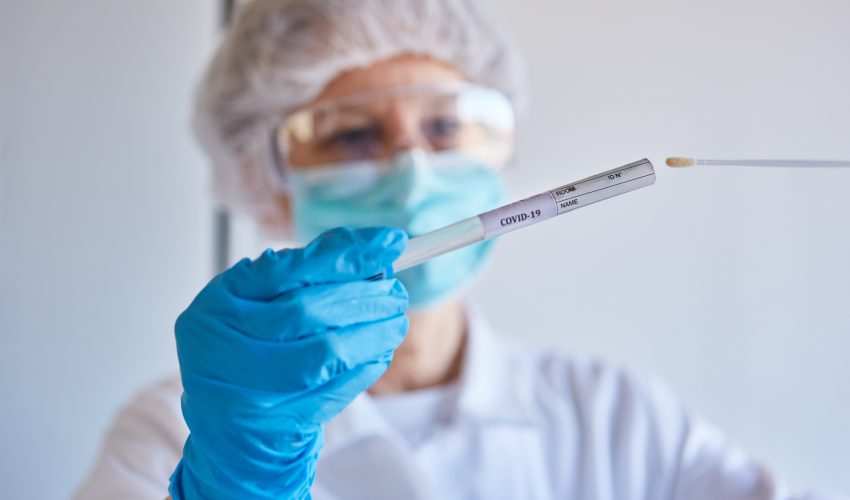

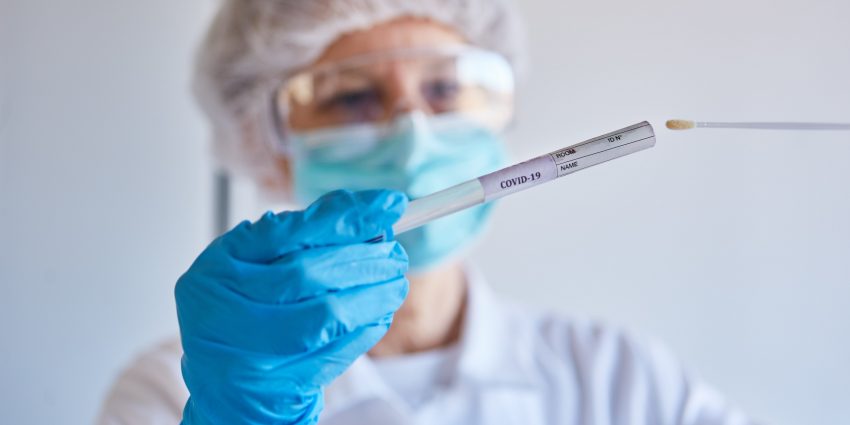
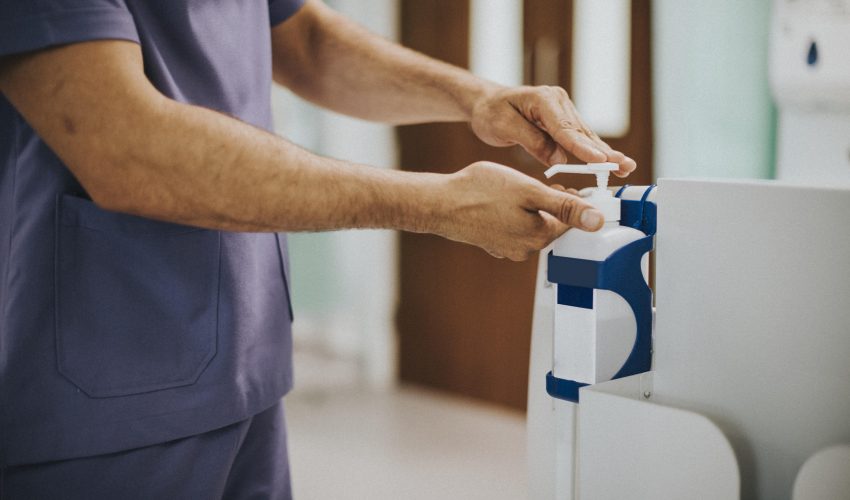




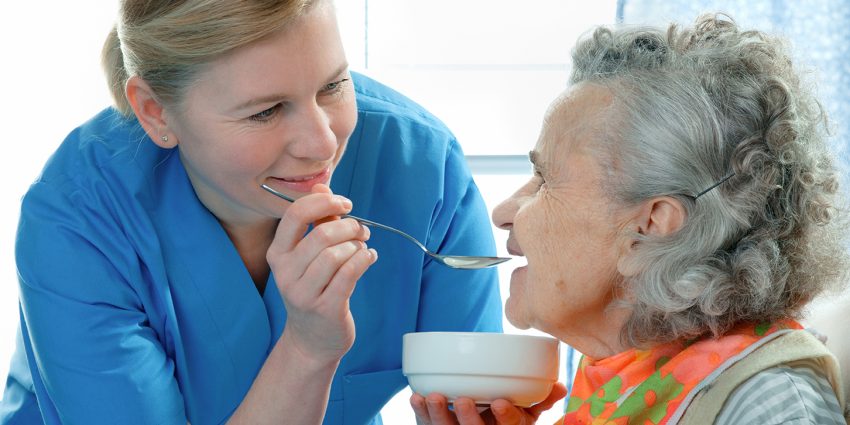




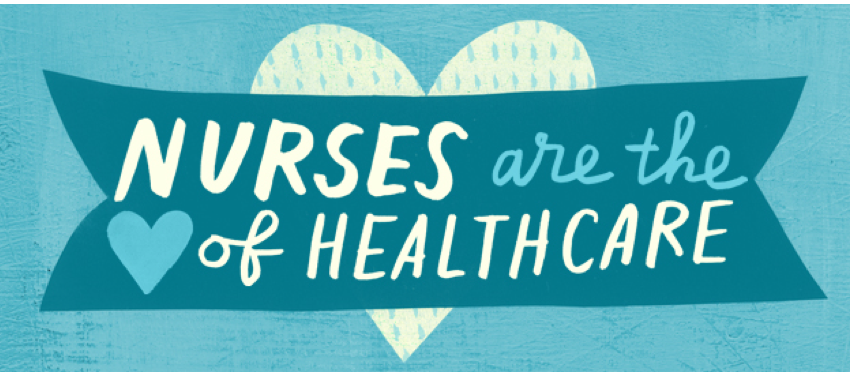
My name is Wendy Taylor, I’m from Los Angeles, i want to announce to you Viewer how Capital Crypto Recover help me to restore my Lost Bitcoin, I invested with a Crypto broker without proper research to know what I was hoarding my hard-earned money into scammers, i lost access to my crypto wallet or had your funds stolen? Don’t worry Capital Crypto Recover is here to help you recover your cryptocurrency with cutting-edge technical expertise, With years of experience in the crypto world, Capital Crypto Recover employs the best latest tools and ethical hacking techniques to help you recover lost assets, unlock hacked accounts, Whether it’s a forgotten password, Capital Crypto Recover has the expertise to help you get your crypto back. a security company service that has a 100% success rate in the recovery of crypto assets, i lost wallet and hacked accounts. I provided them the information they requested and they began their investigation. To my surprise, Capital Crypto Recover was able to trace and recover my crypto assets successfully within 24hours. Thank you for your service in helping me recover my $647,734 worth of crypto funds and I highly recommend their recovery services, they are reliable and a trusted company to any individuals looking to recover lost money. Contact email Capitalcryptorecover @zohomail. com OR Telegram @Capitalcryptorecover Call/Text Number +1 (336)390-6684 his contact: Recovercapital AT cyberservices. com